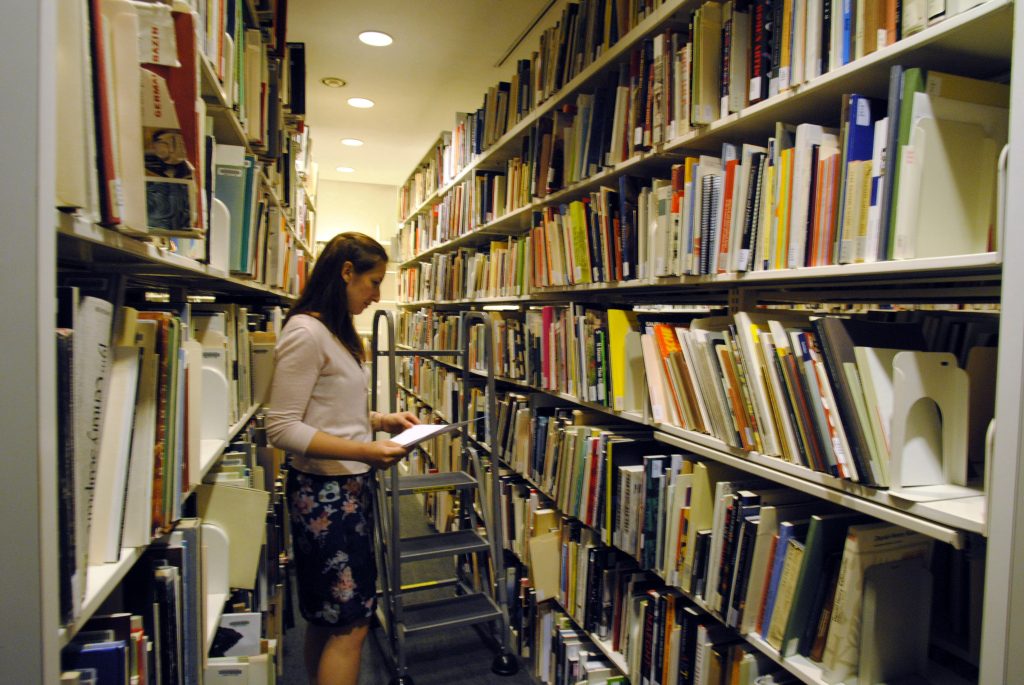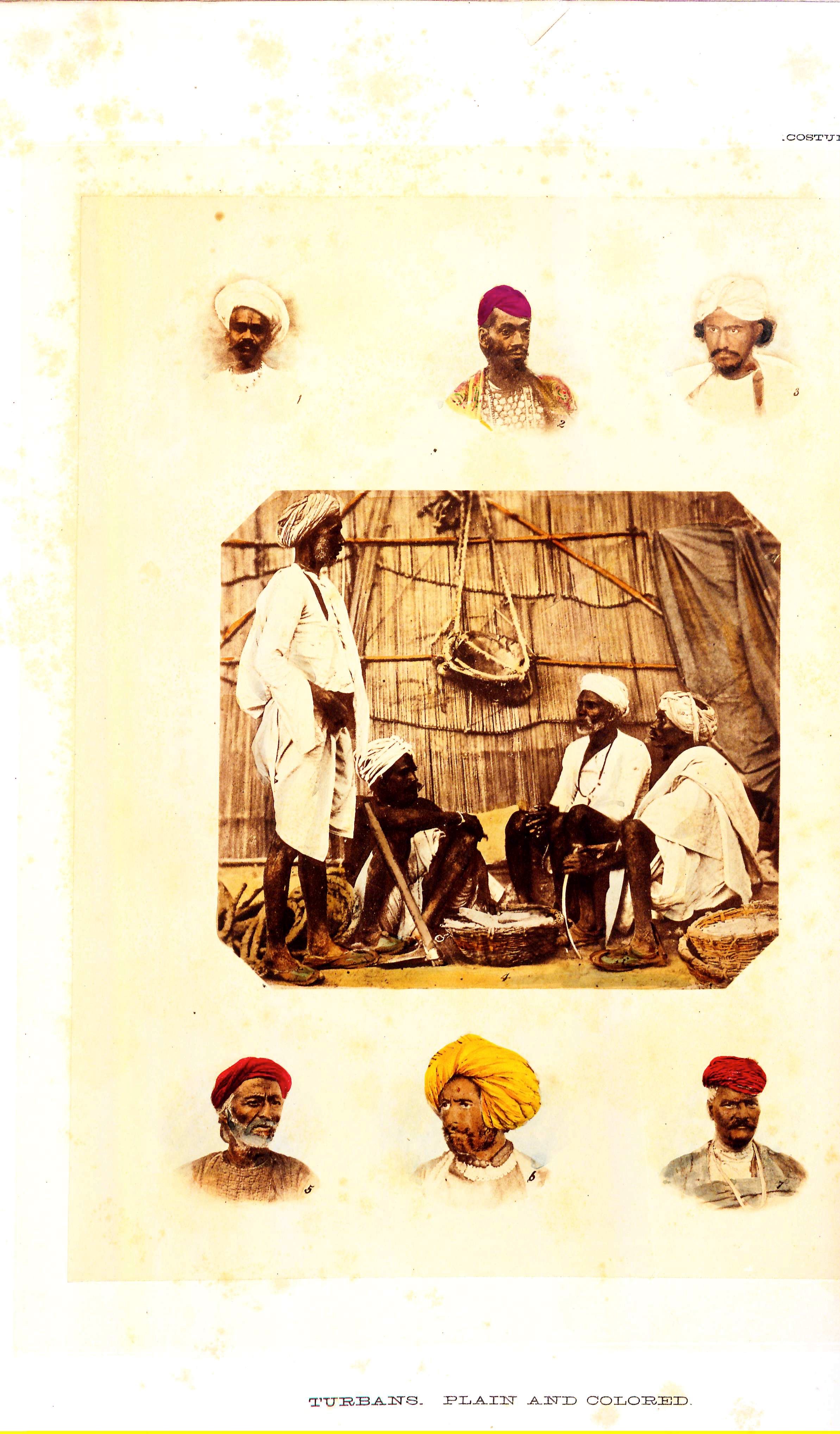
Have you ever wondered what it’s like to work in the world’s largest museum library? Now is your chance! For Fall 2017, the Smithsonian Libraries will host internships through three distinct programs:

Have you ever wondered what it’s like to work in the world’s largest museum library? Now is your chance! For Fall 2017, the Smithsonian Libraries will host internships through three distinct programs:
Endsheets at the front and back of most hardcover books serve as a protection and an attachment device. The outermost sheet, or pastedown, is typically glued to the interior of more »
Smithsonian Libraries has partnered with the National Museum of Natural History to create a mobile museum scavenger hunt. This in-person hunt allows you to explore Libraries online collections while hunting for objects in the Natural History museum.
Written by Jessica Masinter. She is an intern in the Cooper Hewitt Library and a literary studies major at Middlebury College.

This follow up blog to “The Textile Thief and the Great British Manufacturers,” focuses on Watson’s samples of turban pieces and their significance in India in the mid-1800s. When J. Forbes Watson was collecting samples for his collection Textile Manufactures of India, turbans were worn almost universally throughout India. In Watson’s companion book to his sample collection, entitled Textile Manufactures and the Costumes of the People of India, he recorded his observations on the uses and styles of turbans, paying particular attention to the way beauty and utility combined in the designs.
The Smithsonian Libraries was recently gifted the flipbook Eagles in Flight. A flipbook is a grouping of still images of movement that when quickly “flipped” give the illusion of actual movement. more »
As the weather gets hot, let’s look at a catalog to encourage thoughts of something a bit cooler in temperature. Perhaps a trade catalog related to soda fountains?
Written by Jessica Masinter. She is a summer intern in the Cooper Hewitt Library and a literary studies major at Middlebury College.

In the seventeenth and eighteenth centuries, Indian textiles were the height of quality. Their exotic patterns, brilliant colors and dye fastness drove customer appeal among the English bourgeoisie to the point where India was considered by some to be the industrial workshop of the world. British textile manufacturers desperately tried to produce fabrics and patterns that imitated Indian textiles, attempting to ‘cash in’ on the in-demand designs. To do so, however, the British manufacturers required an in-depth knowledge of Indian textiles—and J. Forbes Watson was just the man to help.